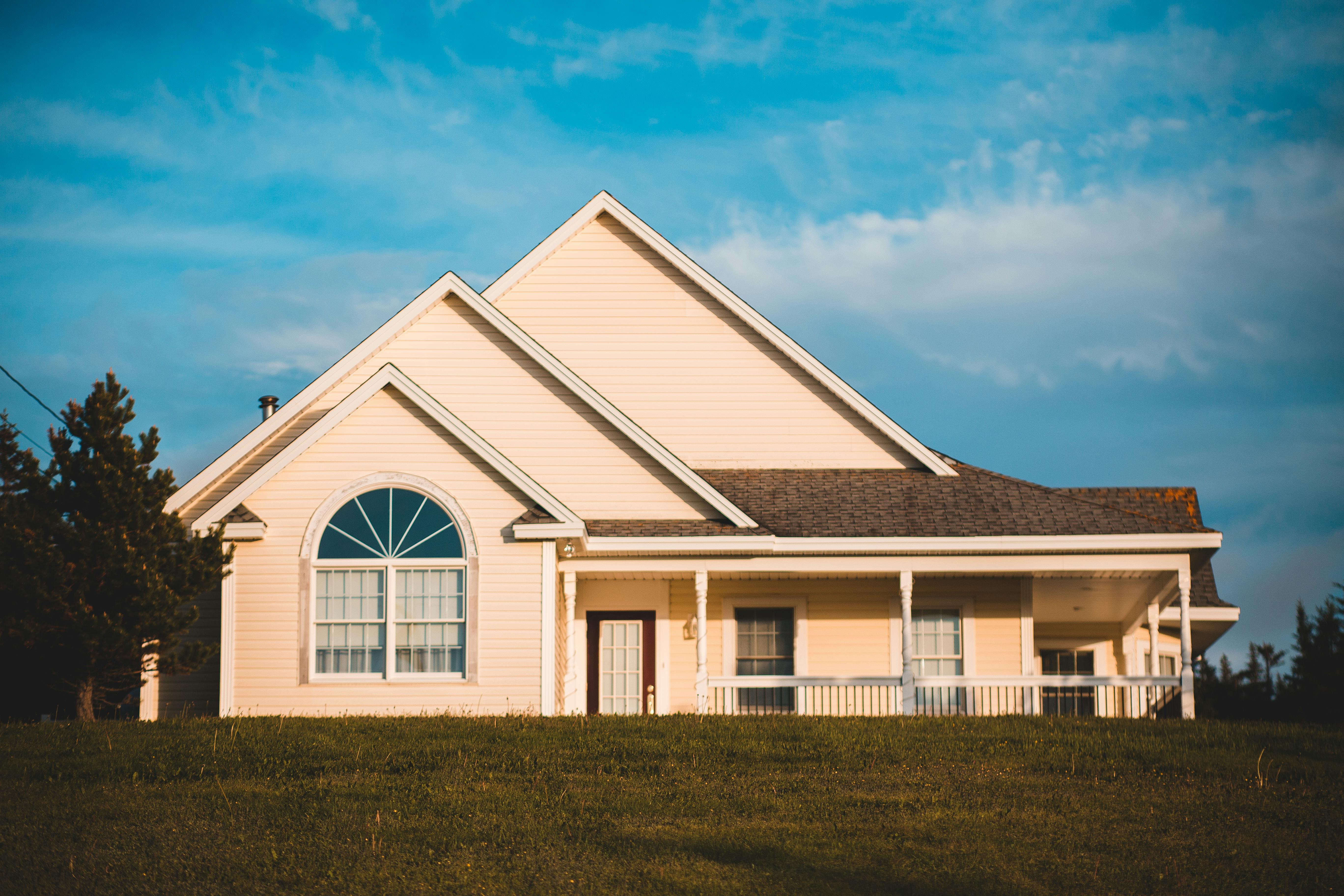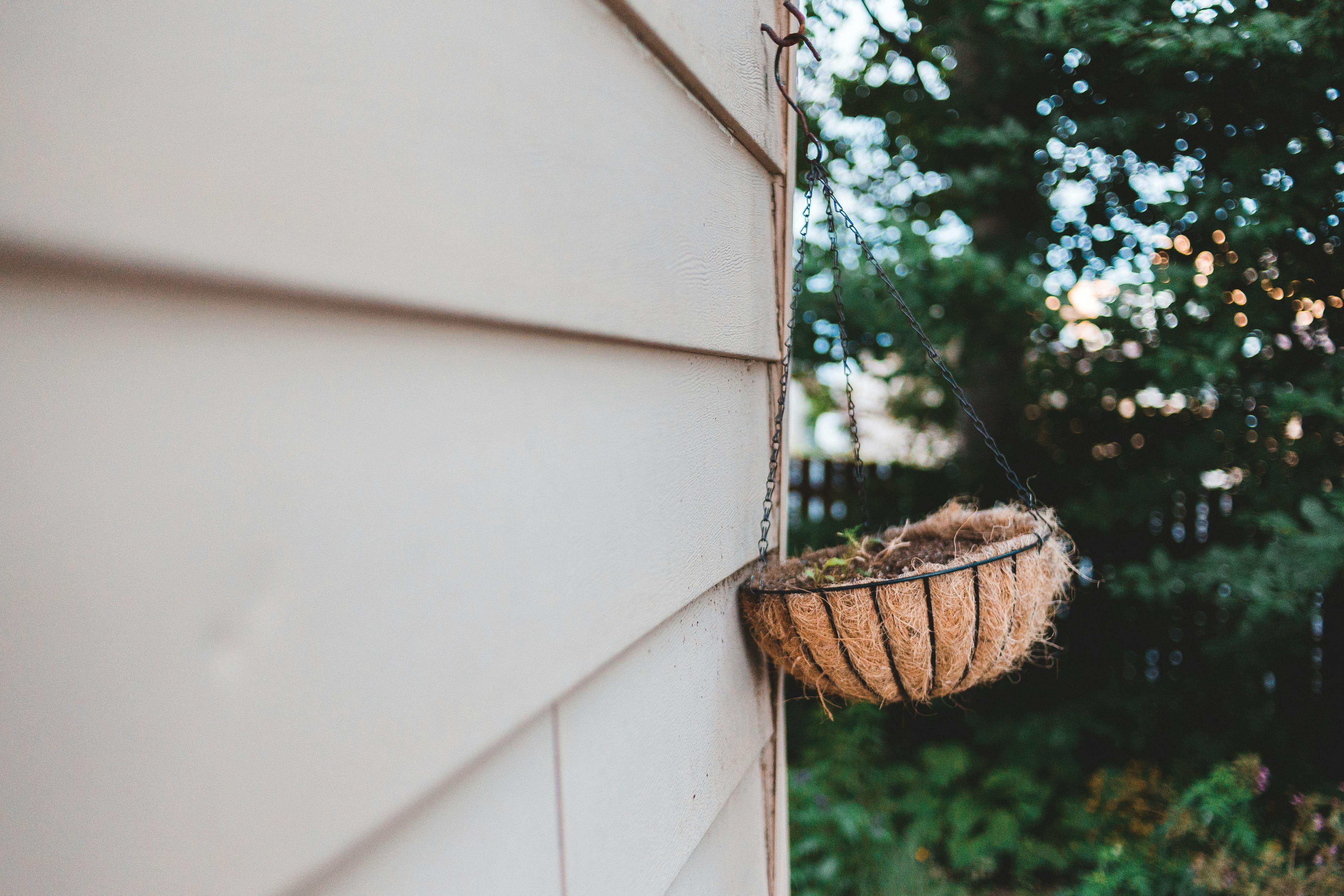Building a round garden bed can be an exciting and rewarding project. It not only provides a beautiful aesthetic to your garden, but also allows you to grow your own plants and vegetables in an efficient and organized manner. With the right tools and materials, you can easily create your own round garden bed in a short period of time. In this guide, we will provide step-by-step instructions on how to build a round garden bed from start to finish.1. Clear the area: Start by removing any weeds, grass, and other plants from the site. If there is any existing soil on the site, rake it out until you have a flat area.
2. Mark out the bed: Measure and mark out where your round garden bed will sit with a string line or marking paint.
3. Add edging material: Use timber or plastic edging to create a boarder around the edges of your garden bed. This will help to keep your soil in place and create a neat finish.
4. Dig the hole:
Gather the Materials Needed to Build a Round Garden Bed
Building a round garden bed is an ideal way to make the most of your outdoor space and create a beautiful, eye-catching feature in your garden. To get started, you’ll need to gather the right materials. There are many different options when it comes to building a round garden bed, but some of the basics include pavers, landscape fabric, soil, and plants.
Pavers are an important part of any garden bed design. They provide stability and structure
Calculate the Amount of Soil Needed for the Garden Bed
Knowing how much soil you need for your garden bed is essential in order to get the right amount of nutrients and ensure that plants have enough room to grow. Calculating the amount of soil needed can seem intimidating, but it doesn’t have to be. With a few simple steps, you can easily figure out exactly how much soil you will need for your garden bed.
First, measure the length and width of your garden bed to calculate the area in square feet. Multip
Construct the Edging of a Round Garden Bed
Constructing an edging for a round garden bed can be an easy and quick process. To begin, mark out the area for the bed with a garden hose or rope. Make sure the bed is circular in shape and that there are no sharp corners. Once the area is marked, dig a trench around the outside of the bed to a depth of at least 6 inches. The trench should be wide enough to accommodate whatever material you plan on using to create the edging.
The next
https://images.pexels.com/photos/4700551/pexels-photo-4700551.jpeg
Assemble the Wooden Frame of a Round Garden Bed
Assembling a wooden frame for a round garden bed is an easy task that can be completed in a couple of hours. You will need some basic tools such as saws, drills, and screws, as well as some lumber. Start by measuring out the desired circumference of your garden bed and then cutting your lumber pieces to size. If you are using pressure-treated wood for your frame, you may need to cut the ends at an angle to create a more secure fit. Once all of your pieces are cut

Place and Secure the Geotextile Fabric for a Round Garden Bed
Installing geotextile fabric around a round garden bed is an easy way to keep weeds and grasses away from your plants. The fabric also helps to retain moisture in the soil, which is beneficial for plant growth. When placing the fabric, it is important to make sure that it is properly secured so that it doesn’t move around when you are gardening. Here are some tips on how to place and secure your geotextile fabric for a round garden bed.
Adding Soil and Compost Mixture to Create a Fertile Growing Environment
Creating a fertile growing environment for plants is an essential step in gardening. Adding soil and compost can help create the optimal soil structure and nutrient mix needed for healthy plant growth. Soil provides the base structure of the environment, while compost adds beneficial nutrients, organic matter, and microorganisms that help to improve soil fertility.
When adding soil and compost to create a fertile growing environment, it is important to select the right type of soil for the plants being grown. Different types of
Select Plants for Your Round Garden Bed
Creating a round garden bed can be a great way to add interest and beauty to your landscape. When selecting plants for your round garden bed, it is important to consider the size and shape of the bed, as well as the climate in which it will be planted. A well-planned round garden bed should have a mix of plants that will look great together and will complement each other in terms of growth rate and bloom times.
When selecting plants for your round garden bed, consider evergreen varieties such as boxwoods,

Conclusion
Building a round garden bed is an enjoyable and rewarding project for any DIY enthusiast. It requires careful planning, attention to detail and good quality materials to ensure that your garden bed will last and look great for many years. By following the steps outlined in this article, you can create a beautiful and practical round garden bed that will be the envy of your neighbours.
To ensure success, it is important to consider the desired shape, size and materials of your round garden bed before starting the project. Additionally, make sure to take into account any potential drainage issues that
